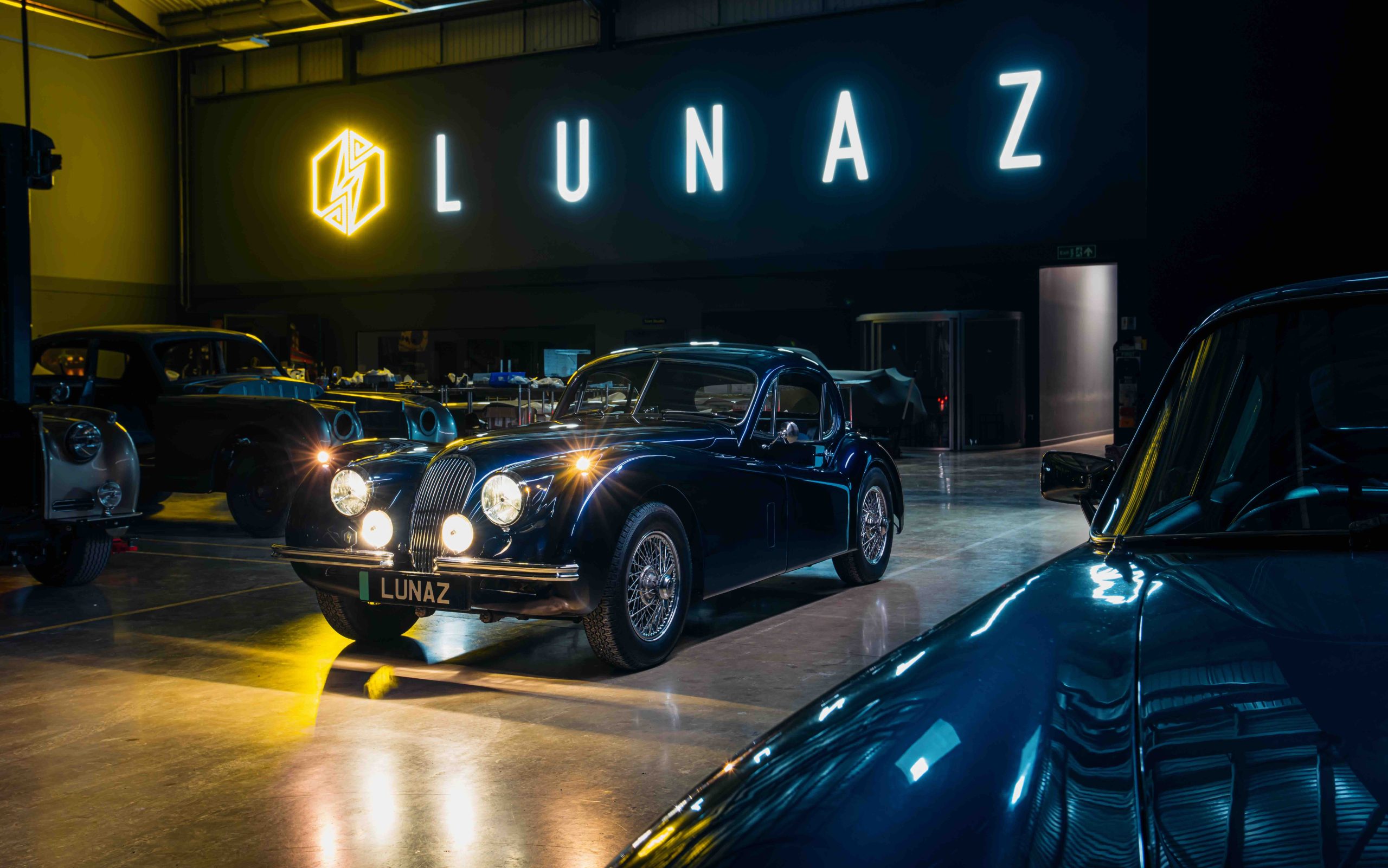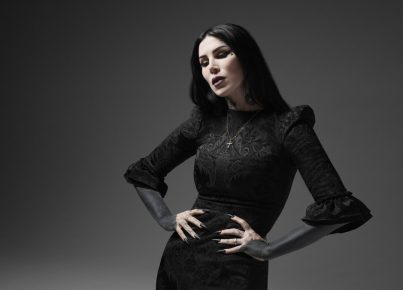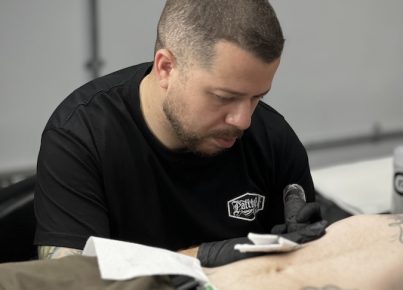There’s something inherently magical about owning a classic car. The heritage, the curves, and the stale smell of used leather mixed with gasoline. These historical motor cars are a part of us: part-culture, part-car—graceful, beautiful, significant. However, we can likely agree combustion-led vehicles are gradually falling out of favor worldwide. As if to back this up, in 2023, the US electric vehicle market saw its best ever year of sales. It’s clear the wind is changing. But the classic car is nowhere near extinction.
Increasingly, collectors are turning to specialists that can electrify their beloved vehicles by replacing the engine with a battery and tastefully modernizing the interior. This isn’t purely about driving guilt-free. An electrified classic is future-proofed for years to come, and granted a new lease of life when the mileage counter gets reset to zero and the vintage interior is lovingly restored. Often, it’s a chance to add creative expression, becoming forever one with its owner from rebirth.
One such workshop beautifully restoring and electrifying classic cars is Lunaz Designs, based at the home of the British Grand Prix in Silverstone, England. Led by Founder David Lorenz, the 150-strong team is awash with knowledge—and includes Chief Technologist Jon Hilton, formerly the technical director (Engine Division) for Renault F1 during Fernando Alonso’s back-to-back world titles. Lunaz is perhaps one of the most sought-after teams in the UK for electric classic transformations, so much so that David Beckham recently invested in Lunaz and bought one of its electrified classics for his son. And it only works with hand-selected models, among them Jaguars, Range Rovers, Bentleys and the historic Rolls-Royce Phantom.
“I came to this pretty simple notion that there are over one billion vehicles on this planet,” David Lorenz says from Lunaz HQ at Silverstone Race Circuit. “At the time, we’d just heard about bans on ICE (internal combustion engine) vehicles being discussed. And I thought, what we can’t do is replace these vehicles with another four billion vehicles.

“So this idea of upcycling and electrifying, rather than replacing, just seemed to be such a logical answer. It was emotional, as well. My wife kept saying to me, “Please stop taking our daughter out because you’re going to break down.” And, of course, that happened one day. I realized that her generation wasn’t going to be able to drive what are the most beautiful objects in the world. So I had to come up with a way of preserving them. And that’s really why I started the company.”
Lunaz recently brought the legendary Aston Martin DB6 into its catalog, an extraordinary and rare pure-bred British icon the envy of many. Just as is the case with every restoration, the DB6 is painstakingly restored and electrified with great care over the course of 12 months, with no detail left to chance. “We brought all of these processes in-house, so we have total control and can do things the correct way to deliver that gold standard,” David explains. “You need a route to re-engineering it, packaging the powertrain, operating the brakes, the suspension, hiding modern conveniences—whether that’s Apple CarPlay hidden behind restored wooden veneer lids, modern air conditioning or hidden USB-C ports.” The car itself is actually stripped back to the bare metal and re-engineered for an electric future from scratch, inside and out.
“A Jaguar XK120 is an absolute blast to drive, obviously, under internal combustion power. Yet it’s also really fun under electric power, when you’ve had Formula One engineers go and set it up, package it properly and make sure that the weight distribution is correct. Every one of our cars, even when we know how to build them, still goes through a 3D CAD scanning process to get the weight distribution right down to the gram. That’s a very Formula One mindset.”
This process means that a car first made in the 1950s is going to be seen, driven and enjoyed by everyone else far more than it would in its original state. It’s essentially reborn, ready to hand down to generations all over again, along with the stories, road trips and rich history woven into the fabric of the car. But it’s also an opportunity to renew, adding your own creative flair to a modern classic. Lunaz provides a myriad of options to style with, while retaining a circular approach that includes using regenerative and sustainable materials, like carpets that are woven from reclaimed sea fishing nets.

“I think one of the real merits of bare metal restoration is you can build the car entirely in your own image, which is amazing,” David adds. “We have a team of designers from all sorts of different backgrounds—not just automotive but the aviation and marine world. They discover the aesthetics you like, the colorways, materials, the bespoke extras that might fascinate you. And they create the most incredible design scheme, which is a whole part of the journey. What’s really interesting is some customers want the original build sheet, and they want to take the thing back to the day it was born. We’re acting like an archaeologist or historian. And then others create something that is their chapter in the history of this lovely car.”

While the EV popularity contest continues in the market at large, Lunaz Designs is playing to an entirely different rulebook. These EVs are enviable, striking in their looks, adoring in character and need no persuasion. While switching to electric isn’t for everyone—although who knows if and when that hand will be forced upon us—the remastered classics coming out of Silverstone, England tend to make it feel a little more appealing, don’t you think? Is this going to be your daily driver? Perhaps not. But if you have the means, the patience, love and attention to invest in turning a part of history into a more sustainable alternative, the door is wide open. The age of the electrified classic is upon us










